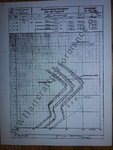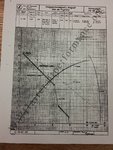Shortround6
Lieutenant General
Even with automatic boost control most planes were limited timewise by the "throttle discipline of the pilot".With no automatic boost control - are manifold pressures limited (to a certain extent) only by the throttle discipline of the pilot?
I believe that only the Germans put clockwork timers on the boost control that automatically returned the boost control to "normal" after a set period of time. Open to correction.
Most countries used some form of boost limiting (max boost the pilot could not exceed by throttle movement alone) except the United States but while it gave more flexibility it added greatly the workload. A Longnose P-40 could pick up 8in (4lbs) of boost dropping from 12,000ft to 6,000ft if he didn't throttle back.



